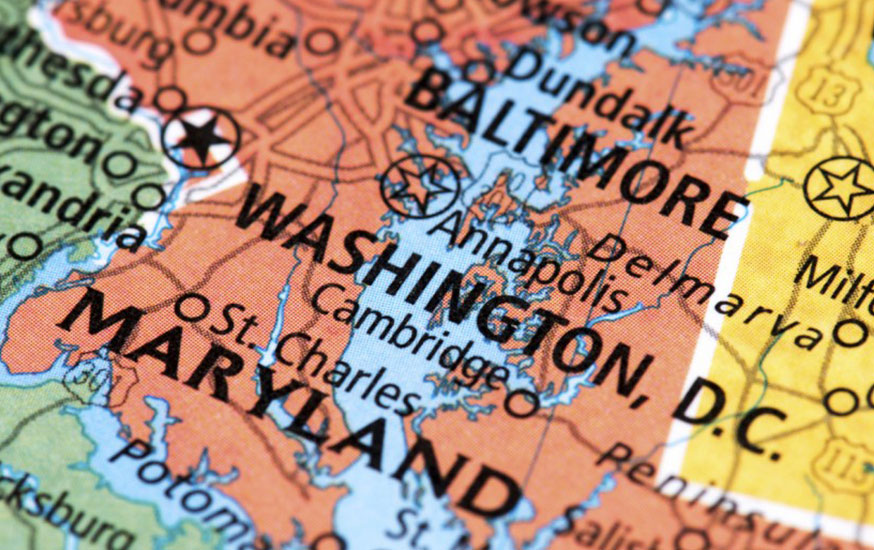Life is always a picnic and deciding what to bring is sometimes a chore. The key is to assure there are no ants! Well, the generic industry has waited to hear what would be brought to the prioritization picnic and now the third revision of the MaPP 5240.3 lays out the meal. But with every complex meal there are some foods you don’t find appealing. In the case of this MaPP (remember, a MaPP is an internal FDA document that instructs the FDA how they are to do business), things seem largely straightforward, but there are a few issues that may need further clarification.
The new MaPP outlines the history of the expedited review process, but does not go back to the very early days of OGD’s Policy and Procedure Guides (38-93 and its predecessors 16-90 and 21-90). That clearly is considered ancient history by OGD (albeit many of the same provisions apply). OGD goes on to explain some of the regulatory and statutory provisions, as well as changes in the review process and the impact of the Generic Drug User Fee Act of 2012 on the policy.
The entire MaPP (here) should be reviewed and studied carefully so you best understand the FDA position on priority and expedited review. I would, however, would like to point out some important issues.
- The lead for any request for expedited review or questions about expedited review should be addressed to the regulatory project manager (RPM). (See MaPP 5200.3)
- On its own initiative, FDA can decide to expedite review of an ANDA under certain circumstances (i.e., drug shortage, public health need).
- If a facility is under an Official Action Indicated (OAI) status, priority or expedited review will not be granted unless there is a significant public health reason or potential shortage situation that may be created.
- Potential first generics, where there is no blocking patent or exclusivity, will receive priority review (an application containing only a little viii statement will not be considered to be a blocking patent).
- If a PIV application becomes eligible for approval during the review process (review this provision closely), it may become eligible for expedited review if NO OTHER ANDA HAS BEEN BROUGHT TO MARKET UNDER AN ANDA.
- First filer ANDAs will receive priority, and OGD will attempt to approve or tentatively approve within the 30-month period (or relevant period) to prevent potential forfeiture of 180-day exclusivity.
- Applications submitted after 10/1/14 within one year of last applicable patent or exclusivity expiration will not be considered for expedited approval.
- “ANDAs submitted more than 30 months in advance of the last applicable patent expiration date or exclusivity date will not be considered for expedited review.” Here I have a problem. If FDA is pressed to meet the 30-month review for Tentative Approval or Approval, wouldn’t they want some additional window (like an additional 6 months or 36 months) to further assure they can meet the date? I guess they are fully confident that they can meet the 30-month clock!
- And, of course, the standard public health issues, drug shortage issues, application submitted under the PEPFAR program and the “catastrophic events” provision, and abrupt discontinuation of supply.
The MaPP goes a long way to answering what industry can expect for priority and expedited review under GDUFA. This is also one of the points being discussed for the GDUFA II negotiations and will certainly be a starting point for industry comments.




